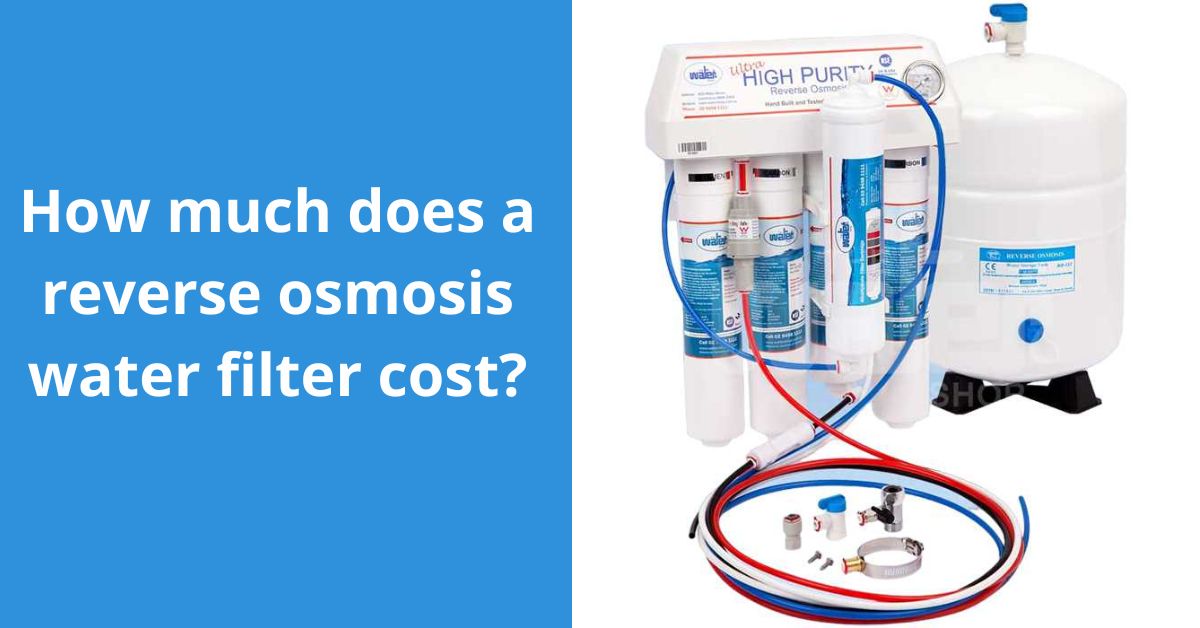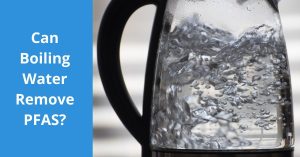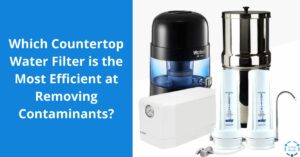If you’re looking to improve the quality of your drinking water, a reverse osmosis (RO) water filter is one of the most effective options available. These systems remove a wide range of contaminants, such as chemicals, dissolved salts, heavy metals, bacteria, and other impurities, ensuring clean, great-tasting water straight from your tap.
But before you invest in a reverse osmosis water filtration system, one of your first questions might be: How much does it cost? The answer can vary depending on several factors, but we’ll break down the typical costs and considerations to help you make an informed decision.
How much does it cost to Install a Reverse Osmosis Water Filter System?
The cost of installing a reverse osmosis water filter system can range from a few hundred dollars for a basic undersink reverse osmosis model to over a few thousand dollars for a high-end, whole-house system. Here’s a general breakdown of the costs involved:
1. The Reverse Osmosis Unit
The heart of the system is the RO unit itself, which typically consists of multiple filtration stages, including a sediment filter, carbon filter, and the reverse osmosis membrane. Entry-level under-sink RO units can cost anywhere from $300 to $500, while more advanced units with additional features, such as remineralization filters or UV light disinfection, can range from $500 to $1000 or more.
2. Installation Costs
If you’re comfortable with basic plumbing tasks, you may be able to install an under-sink reverse osmosis system yourself, saving on labour costs. However, if you prefer professional installation or need to install a more complex whole-house system, you can expect to pay between $200 and $500 for labour.
3. Additional Components
A good quality reverse osmosis water filter is usually being supplied with all the components that are needed for installation. Parts, such as a dedicated faucet, drain saddle, tubing, and connectors should all be included with the system. Otherwise these additional parts can add anywhere from $50 to $200 to the total cost.
4. Maintenance and Replacement Filters
While the initial investment in a reverse osmosis system can be substantial, it’s important to consider the ongoing maintenance and replacement filter costs. Depending on the size of your household and water usage, you may need to replace the filters every 6 to 12 months, with costs ranging from $50 to $200 or more per year.
For a basic under-sink RO system, you can expect to pay anywhere from $200 to $500 for the initial installation, additional to the RO reverse osmosis water filter. More advanced systems or whole-house installations can range from $1,000 to $3,000 or more, depending on the system’s complexity and size.
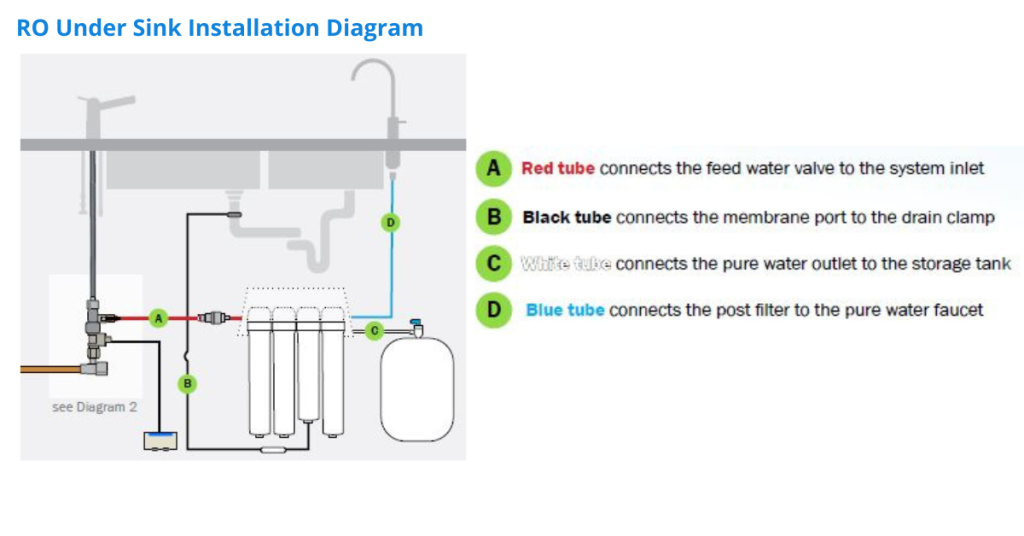
How long do Reverse-Osmosis Filters last?
The lifespan of reverse osmosis filters can vary depending on several factors, including water usage, water quality, and the specific filter components. Here’s a general overview of how long you can expect the different filters in an RO system to last:
1. Sediment Pre-filter
The sediment pre-filter’s purpose is to eliminate larger particles from the water, including sand, rust, and other debris. Depending on the water quality and usage, you typically need to replace these filters every 12 months.
2. Carbon Pre-filter
The carbon pre-filter is responsible for removing chlorine, volatile organic compounds (VOCs), and other contaminants that can affect the taste and odour of the water. Typically, you should replace these filters every 12 months, or whenever you observe a decrease in water flow or a change in the water’s taste or smell.
3. Reverse Osmosis Membrane
The reverse osmosis membrane is the heart of the system, responsible for removing dissolved salts, heavy metals, and other contaminants from the water. These membranes can last anywhere from 3 to 6 years, depending on the water quality and usage.
4. Post-filter (Polishing Filter)
After the water passes through the RO membrane, the post-filter, also known as the polishing filter, removes any remaining tastes or odors. Typically, you need to replace these filters every 12 months.
It’s important to note that these are general guidelines, and the actual lifespan of your filters may vary based on your specific water conditions and usage patterns. Regularly monitoring the water quality and flow rate can help you determine when it’s time to replace the filters.
Investing in a high-quality RO reverse osmosis water filter can provide you with clean, great-tasting water for drinking, cooking, and other household uses. While the initial cost may seem high, the long-term benefits of improved water quality and cost savings from bottled water make it a worthwhile investment for many households.
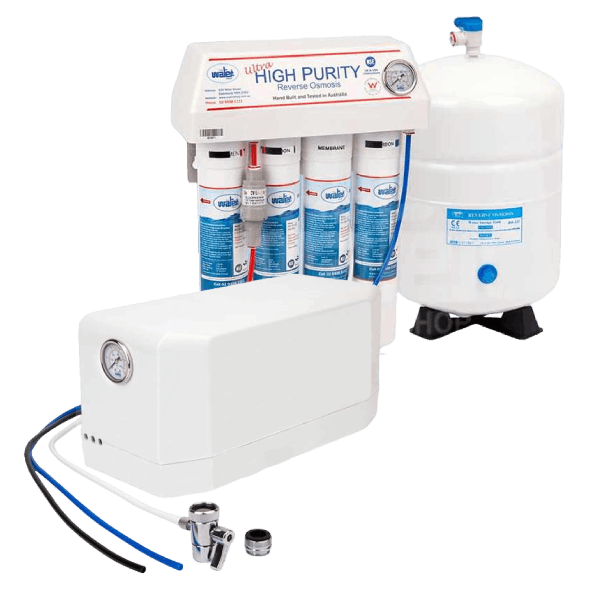
When shopping for the best undersink reverse osmosis system or best countertop reverse osmosis water filter, be sure to consider factors such as water quality, flow rate, and filtration capabilities to ensure you’re selecting the right system for your needs. With proper maintenance and filter replacements, a reverse osmosis water filter can provide you with a reliable source of clean, healthy water for years to come.
If you are considering installing the system yourself, you might be interested in our blog post Installing a Reverse Osmosis System Under Your Sink

